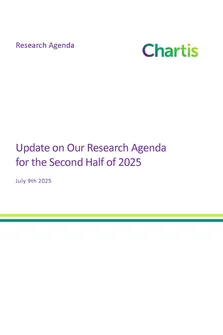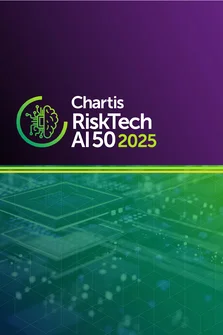<p> </p>
<p><strong><em>Getting value from Basel</em></strong><strong> II – new research on Credit Risk Management Systems</strong></p>
<p>New research by Chartis reveals that the banking industry has switched its attention to getting a return on its investments in credit risk technology. Chartis sees a segmentation in the market. On the one hand, established sectors such as tier 1 and tier 2 banks in EU and North America are leveraging their investment in risk technology to produce integrated risk and finance capabilities covering such areas as economic capital, ALM and risk-based performance management. On the other hand, emerging regions such as Asia, Middle-East, African, Eastern Europe and Latin America are using the lessons learnt from the EU and North American banks to implement efficient and “future-proof” credit risk management systems. Chartis comments that the key lessons from the long, expensive and tactical Basel II projects of the last few years are:</p>
<ul>
<li>Look beyond Basel II to define data requirements</li>
<li>Avoid having a piecemeal approach to regulatory reporting</li>
<li>Define the final architecture on an integrated set of business requirements</li>
<li>Define key metrics upfront</li>
<li>Consider the most complex asset classes in detail</li>
<li>Consider a step-by-step approach</li>
<li>Don’t underestimate the data integration, stress testing and model validation steps</li>
<li>And choose vendors with deep domain knowledge and experience</li>
</ul>
<p>With regards to the vendors for credit risk technology Chartis considers Algorithmics, Fermat, FinArch, Reveleus, SAS and SunGard to be the established leaders.</p>
<p> </p>


